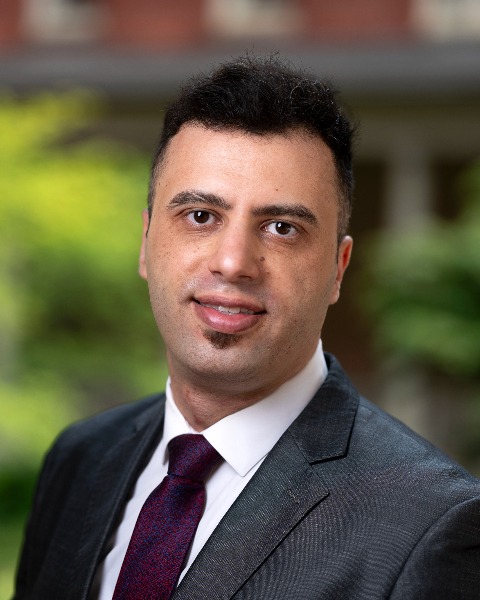Oncology
Supervised machine learning predicting long-term survival and length of stay (LOS) following resection of spinal astrocytomas: a national study involving 1,143 patients
Friday, February 21, 2025

Abdel-Hameed Al-Mistarehi, MD
Post-Doctoral Neurosurgery Research Fellow
Johns Hopkins University
Johns Hopkins University School of Medicine
Baltimore, MD, US
Presenting Author(s)
Disclosure(s):
Abdel-Hameed Al-Mistarehi, MD: No financial relationships to disclose
Introduction: Spinal astrocytomas typically have indistinguishable margins placing the role of surgery in question sometimes in favour of radiation and chemotherapy. We aim to investigate the effect of surgery, radiation, and chemotherapy on patients diagnosed with spinal astrocytomas and to determine the predictors of overall survival and postoperative length of stay (LOS).
Methods: We queried the National Cancer Database from 2004 to 2016 for patients diagnosed with spinal gliomas. Five-year survival for each treatment was compared using Kaplan-Meier (KM) curves with comparisons based on the log-rank test. Multivariate analysis was performed to determine survival determinants. Supervised machine learning (ML) models were trained to predict survival and model performance. Shapley additive explanations (SHAP) were calculated using the best-performing model for feature importance.
Results: We found a total of 1143 patients with spinal gliomas. 74.3% of patients had a surgical resection, 44.3% received radiation, and 25.5% received chemotherapy. The 5-year survival was 64.9%, and the 30 readmission rate was 5.2%. Age (p < 0.001), use of radiation alone (p=0.00135), use of chemotherapy alone (p < 0.01), and Charlson comorbidity score (CDCC) of 3 (0.02019) were most likely to predict 5-year survival. Age (p=0.00403), CDCC score of 1 (p=0.00672) or 2 ( < 0.01), and days between the diagnosis and definitive treatment (p < 0.01) were found to predict the postoperative length of hospital stay Kaplan-Meier survival curves revealed survival was best following maximal safe resection (p < 0.005) without radiation or chemotherapy, which was also true for recurrent tumors. The best-performing ML model was Random Forest and Decision tree (99.9%). Artificial Intelligence using DT revealed that radiation and chemotherapy alone had the greatest impact on survival leading to greater mortality, confirming our previous results.
Conclusion : Our results indicate surgery has a fundamental role in treating spinal cord astrocytomas and improving long-term survival.

.jpg)